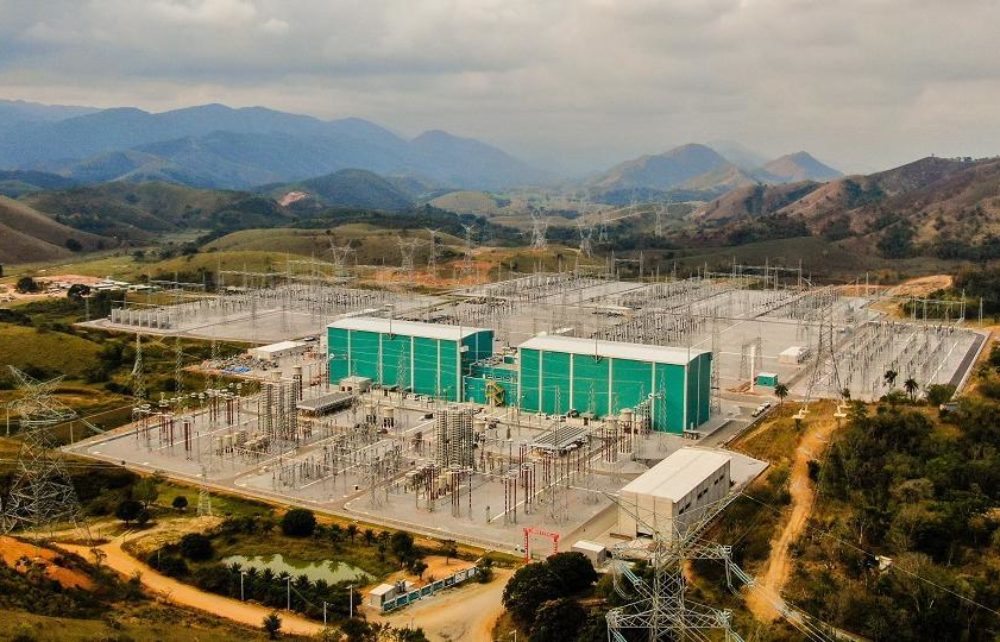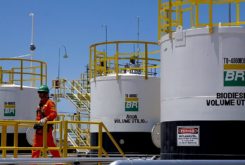China and Brazil signed a 30-year franchise agreement on the Brazil northeast ultra-high-voltage direct current (UHVDC) power transmission line project, which is expected to be operational by 2029.
The landmark project aims to deliver clean energies of wind, solar and hydropower from northeastern and northern Brazil to the central part of the country, aiming to promote national clean and low-carbon energy transformation.
Being the largest auction of infrastructure power transmission project ever held in Brazil, the project was won by China’s State Grid last December, following the Chinese company’s previous two bids for the Belo Monte UHVDC transmission project in Brazil.
Spanning over 1,468 kilometers, the new engineering project involves construction of a 800kV DC transmission line to deliver 5 million kilowatts of clean power from northeastern wind and solar farms to key regions in the southeast including metropolitan areas in Brasilia.
In this case, the new project will meet the electricity needs of over 12 million people while supporting Brazil’s green development goals, as it aims to guarantee the flow of renewable energy generation from the northeast region which is experiencing a boom in wind and solar power plants.
The signing ceremony of the concession agreement was held at the Brazilian Presidential Palace in Brasilia on Wednesday.
Witnessed by Chinese Ambassador to Brazil Zhu Qingqiao, Brazil’s Minister of Mines and Energy Alexandre Silveira and Sandoval Feitosa, head of the Brazilian Electricity Regulatory Agency (ANEEL), the contract was inked between the project company under China’s State Grid Brazil Holding Company and the ANEEL.
The Brazilian Minister Alexandre Silveira said that the mega project will play an important role in improving the safe and stable operation of the power grid in his country, promoting wind and solar energy in northeastern Brazil to support the green and low-carbon development of Brazil’s economy and society.




